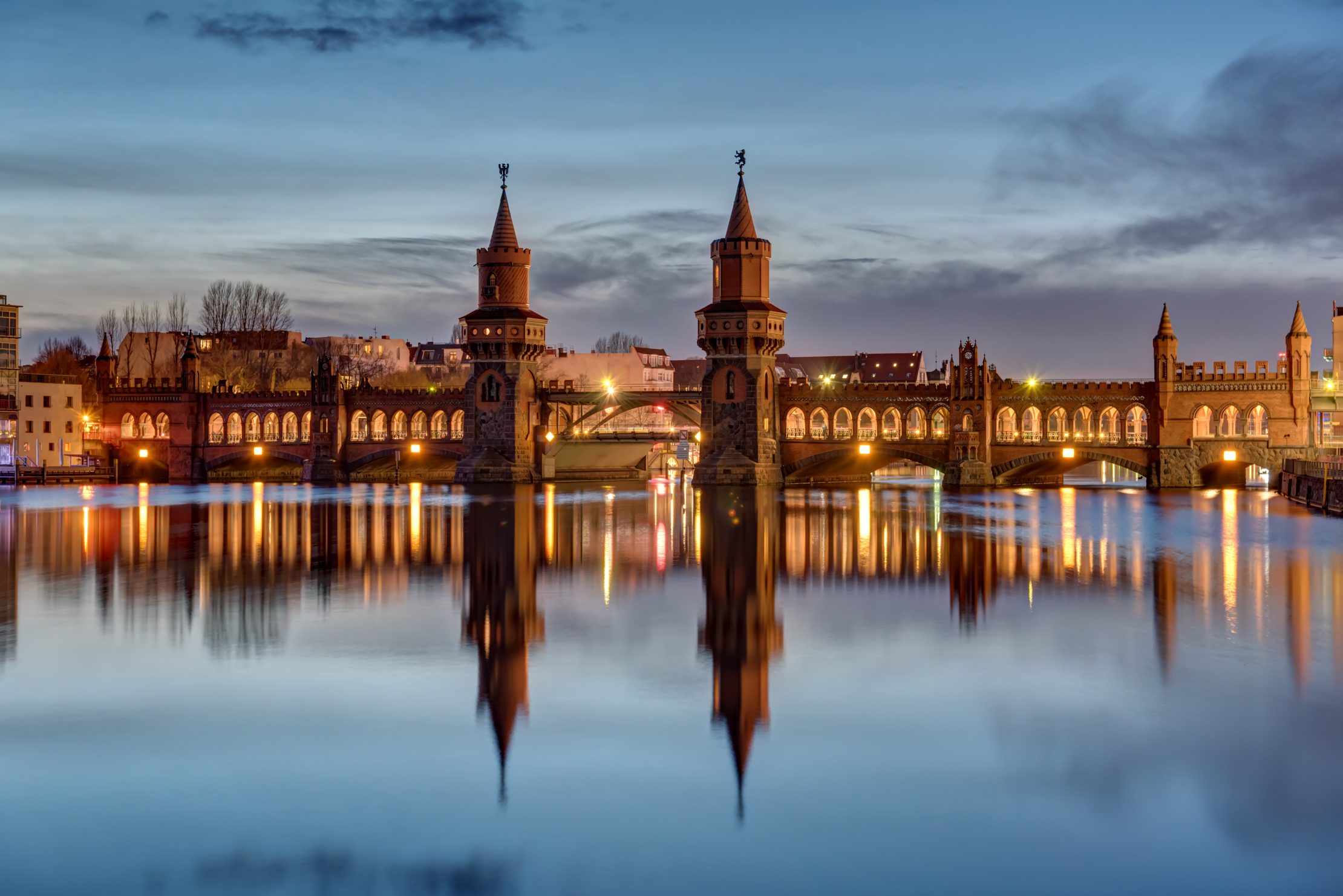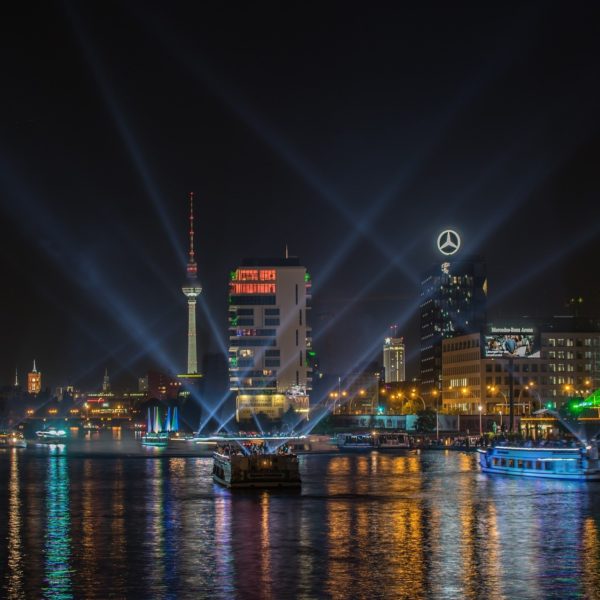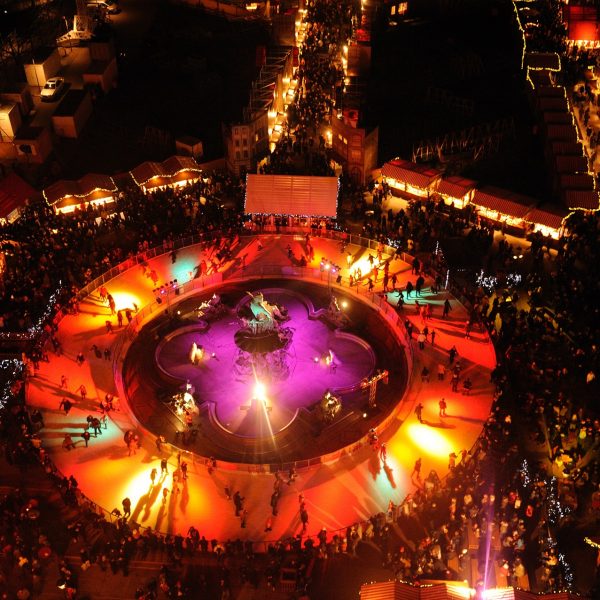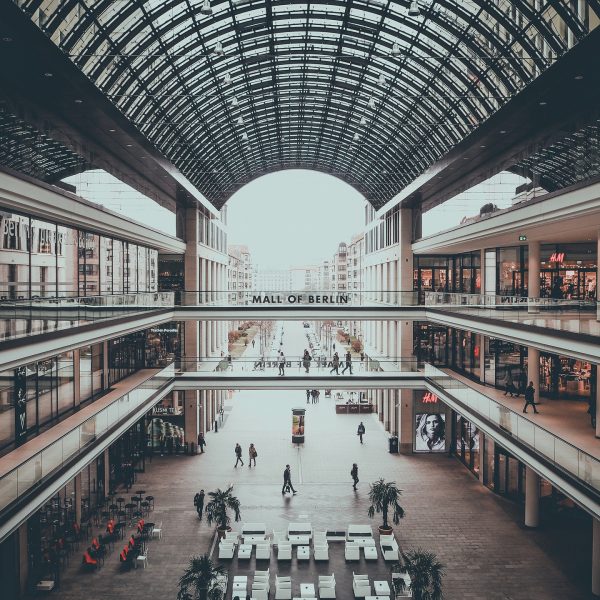From Anhalter Steg to Wilhelm-Spendler-Brücke, there is an exceptionally high number of beautiful bridges in Berlin, some very old, some new. Considering the abundant amount of rivers, lakes and water channels throughout the length and breadth of the city, it’s not surprising. In fact, Berliners like to say that they have more bridges than Venice, some proud Berliners boast there are 1,700 bridges in total.
In the years after the fall of the Berlin Wall, at least 190 new bridges were completed and many of the bridges that had been neglected were repaired. City planners paid close attention to the details of these new bridges, and the maintenance and renovation of the bridges that already existed were given high priority.
Whether on the River Spree, the Landwehrkanal, the Havel or on the roads, these bridges are not only important marks in the history of the construction of the German capital, but they are also brilliant Ingenieurkunst (artistic engineering works) worth observing. It may be impossible to see them all in one visit, but here we show you a list of ten precious bridges you can enjoy during your visit to Berlin.
1. Anhalter Steg Bridge

Anhalter Steg Bridge in Berlin
This bridge, completed in 2001, crosses the Landwehrkanal canal and the surrounding streets of Hallesches Ufer and Tempelhofer Ufer in Berlin-Kreuzberg. The bridge connects the German Technology Museum with the Hallesches Ufer Hotel. The Anhalter Steg bridge is actually two pedestrian bridges in one.
2. Bösebrücke Bridge

Bösebrücke Bridge in Berlin
It connects the Berlin-Wedding and Prenzlauer Berg districts. The Bösebrücke bridge became famous because it was one of the border bridges that connected East Germany and West Germany during the Cold War era in Berlin. The bridge is easily recognizable by fans of spy movies as it represents the Cold War stage. Built in 1916 and almost 140 meters long, it is the first steel bridge in Berlin and has been placed on the list of preservation sites of great historical interest. In 1989, the Bösebrücke Bridge was the first in the DDR (Communist East Germany) to open up to the thousands of East German citizens who claimed their passage to West Berlin.
3. Gustav-Heinemann Bridge

Gustav-Heinemann Bridge in Berlin
This bridge crosses the Spree River just above the Spreebogen (bend of the river Spree) in Berlin-Mitte and its construction was completed in the year 2005. Located in the very heart of the new Berlin, it connects the government district and Spreebogenpark with the service station of the Hauptbahnhof (central station of Berlin) and for many visitors who arrive at Berlin is the first bridge that they will cross when entering the city.
4. Glienicker Bridge

Glienicker Brücke Bridge in Berlin
Crossing the Havel River in the south-western end of Berlin, this bridge connects Berlin with Potsdam and is probably best known as the place where Cold War spies were exchanged between the Soviet Union and the United States. While it remained isolated between the American sector of West Berlin and Potsdam occupied by the Soviets, this was one of the few places where the two countries could make contacts directly without having to consult their allies. The bridge was built in 1907, although a major reconstruction work was necessary after the Second World War.
5. Jungfernbrücke Bridge

Jungfernbrücke Bridge in Berlin
Built by Dutch workers in 1798, the Jungfernbrücke Bridge is the oldest wooden bridge in Berlin that still retains its original form and until 1919 it was used as a drawbridge. Located on the south side of the Spreeinsel (Spree Island) in Berlin-Mitte, it is something of a museum piece, having miraculously withstood the test of time and the intense bombings of World War II. Some claim that the name of the bridge (Bridge of the Maid or Bridge of the Virgin) derives from an ancient tradition that they say has been practiced here: a future wife had to cross the bridge before her marriage. If the wooden panels creaked, her virginity would be called into question.
6. Kaisersteg Bridge

Kaisersteg Bridge in Berlin
It is located across the river Spree, in Treptow-Köpenick between Bahnhof Schöneweide and the former industrial zone. The bridge connects the districts of Ober and Niederschöneweide in Berlin. The original bridge was destroyed by the German SS army during the last days of World War II and its replacement was not built until after the German unification, after more than 60 years. The impressive Kaisersteg bridge is 140 meters long, with a 5 meters wide amplitude.
7. Kronprinzen Bridge

Kronprinzen Bridge in Berlin
Kronprinzenbrücke was the first link between the eastern part of the city and the western part after the fall of the Berlin Wall. It is located across the river Spree between the government district and Spreebogenpark in Tiergarten and Berlin-Mitte. Its reconstruction was completed in 1996, and it was named as the original bridge.
8. Moltke Bridge

Moltke Bridge in Berlin
This bridge of a distinctive reddish sandstone colour was completed in 1891, and it is the counterpart to the Kronprinzenbrücke. It lies across the Spree between the government district near the Chancellery and Berlin-Mitte, only it is located on the west side of the Spreebogen. It bears the name of the Prussian Chief of Staff from 1857 to 1888, Helmuth von Moltke. This beautiful bridge has also been placed on the list of preservation sites of great historical interest. Decorated with sculptures by some of the most notable artists of the time such as Wilhelminen, the Moltkebrücke offers an interesting contrast to its modern counterparts, upstream the river.
9. Monbijou Bridge

Monbijou Bridge in Museum Island in Berlin
Located at the northern end of the famous museum island of Berlin, in Berlin-Mitte. The Monbijoubrücke bridge spans the River Spree. After years of reconstruction and emergency measures, the northern part of this bridge was completed in 2006. The original double bridge was built in 1902 and 1904 and was named after the nearby Monbijou Palace, a monument that still stands today. And the French name is certainly appropriate in this case for its appearance on the northern tip of the island that definitely has a Parisian touch. This beautiful sandstone structure is also protected as a historical monument and serves as a popular passage for one of the liveliest neighborhoods in the city, Hackescher Markt (and vicinity).
10. Oberbaumbrücke Bridge

Oberbaumbrücke bridge in Berlin
Originally built as a wooden bridge in 1724, the Oberbaum Bridge is now a two-story bridge considered one of the historical monuments of Berlin. Its two towers, vaults with seven cavities and the design of German Gothic brick give it a very distinctive appearance and have contributed to make it one of the most beloved bridges of the city. It connects the lively districts of Friedrichshain and Kreuzberg which nowadays administratively make up one district of Berlin. However, these two neighborhoods were once divided by the infamous Berlin Wall during the Cold War, which made this bridge (or what was left of it after the Second World War) into a division symbol. But the Oberbaum bridge came back to life, along with German unification and since then it has become an important symbol of the unity of the city. The lower sidewalk and passage was reopened in 1994, the elevated train section on the upper level was opened when the connection to the Warschauer Straße metro station was completed in 1995.
The bridges in Berlin are not just signs of history of the construction of the German capital – they are also brilliant Ingenieurkunst – artistic engineering works – worthy to be noticed.







Oberbaumbrücke is a beautiful structure! Especially in the evening when it is illuminated it is very “instagrammable” :) Like a castle.
I am very happy to find this net-site. I needed to thank for your time for this excellent learn!! I definitely having fun with every little bit of it and I’ve you bookmarked to check out new stuff you blog post.